| By Unyte Editorial Team Reviewed by Unyte Clinical Team |
Whether you’re working with clients navigating trauma, chronic stress, anxiety, or sensory overwhelm, having the right tools on hand can make your clients feel more supported, grounded, and safe.
This curated list features 20 therapeutic tools you can seamlessly integrate into your sessions to enhance co-regulation and foster a more regulated environment where healing can truly begin.
But before diving into tools, it’s important to remember: regulation isn’t just one piece of the puzzle—it’s the frame that holds it all together. True healing or growth begins when your client’s nervous system feels safe enough to receive support.
That’s why listening therapies like the Safe and Sound Protocol (SSP) and Rest and Restore Protocol (RRP) have become essential anchors for many practitioners. These evidence-based programs don’t just add to the therapeutic experience—they lay the groundwork for it, creating the conditions for deeper connection, presence, and transformation.
Sensory Regulation Tools
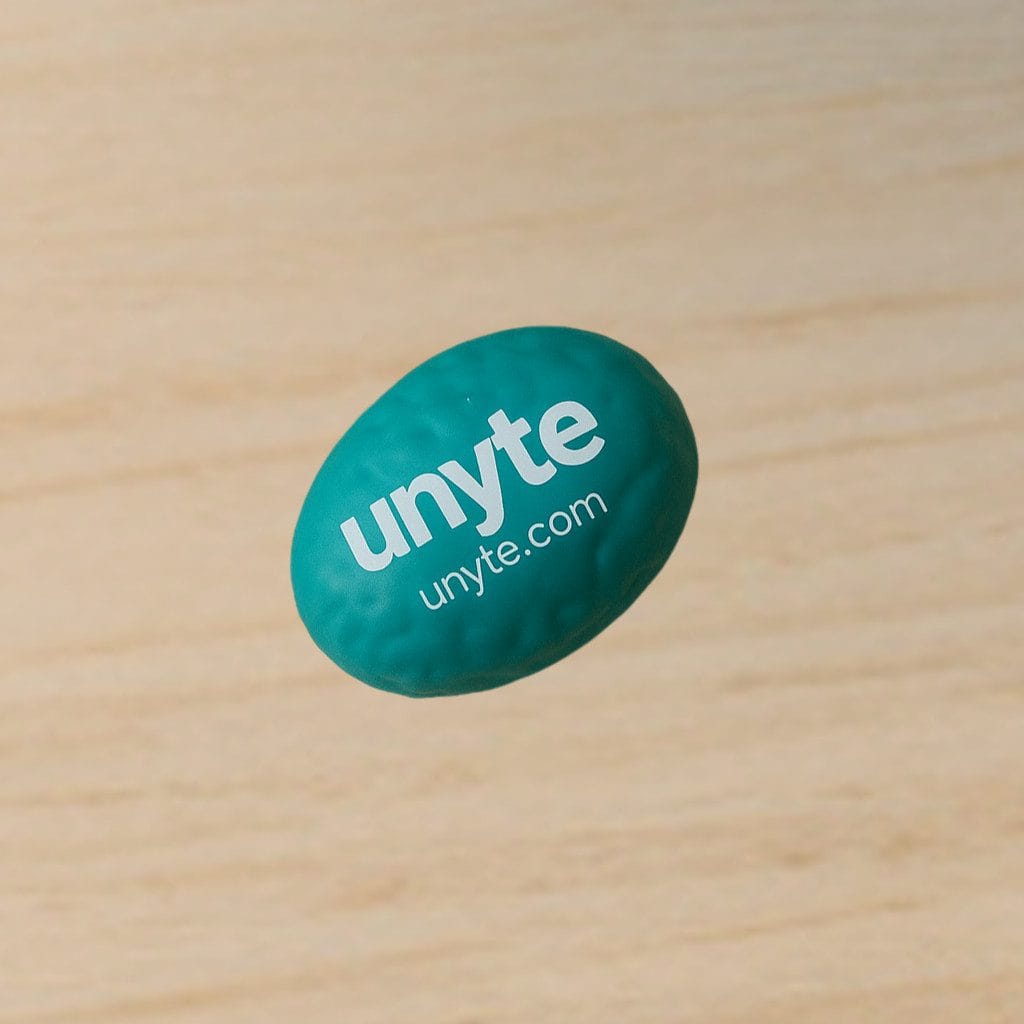
1. Sensory Squeeze Ball
Provides tactile input and gentle resistance to release tension and support focus during sessions.
2. Weighted Blanket
Delivers pressure input to help clients feel grounded, especially when overstimulated or anxious.
3. Weighted Eye Mask
Applies light pressure to encourage visual rest.
4. Calming Essential Oil
Soothing scents, such as lavender or eucalyptus, can help create a calming sensory environment. (Remember to check your client’s tolerance for fragrance and scents.)
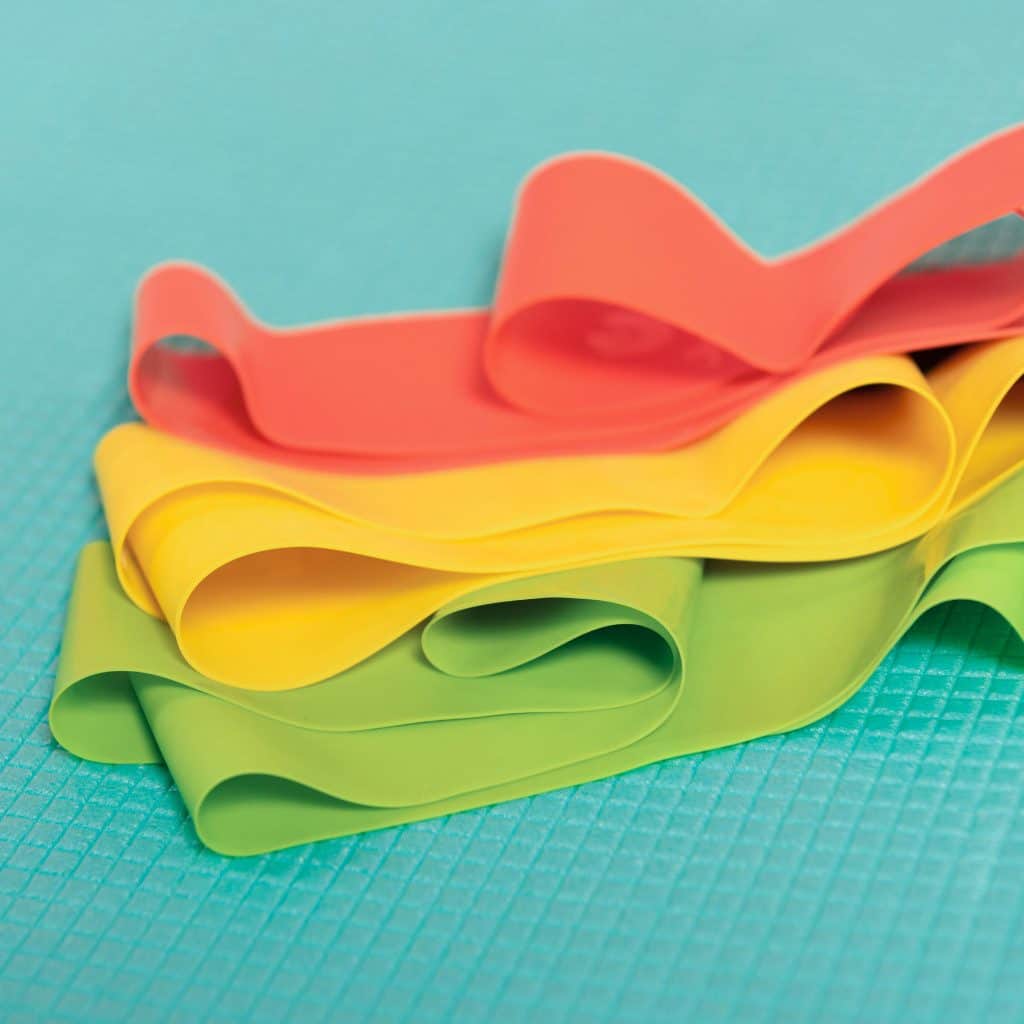
5. Resistance Bands
Use during movement breaks, or grounding and proprioceptive exercises. Resistance can support sensory input through physical exertion and help regulate arousal.
6. Warm Packs or Weighted Shoulder Wraps
The combination of heat and weight can signal safety and help ease physical and emotional tension.
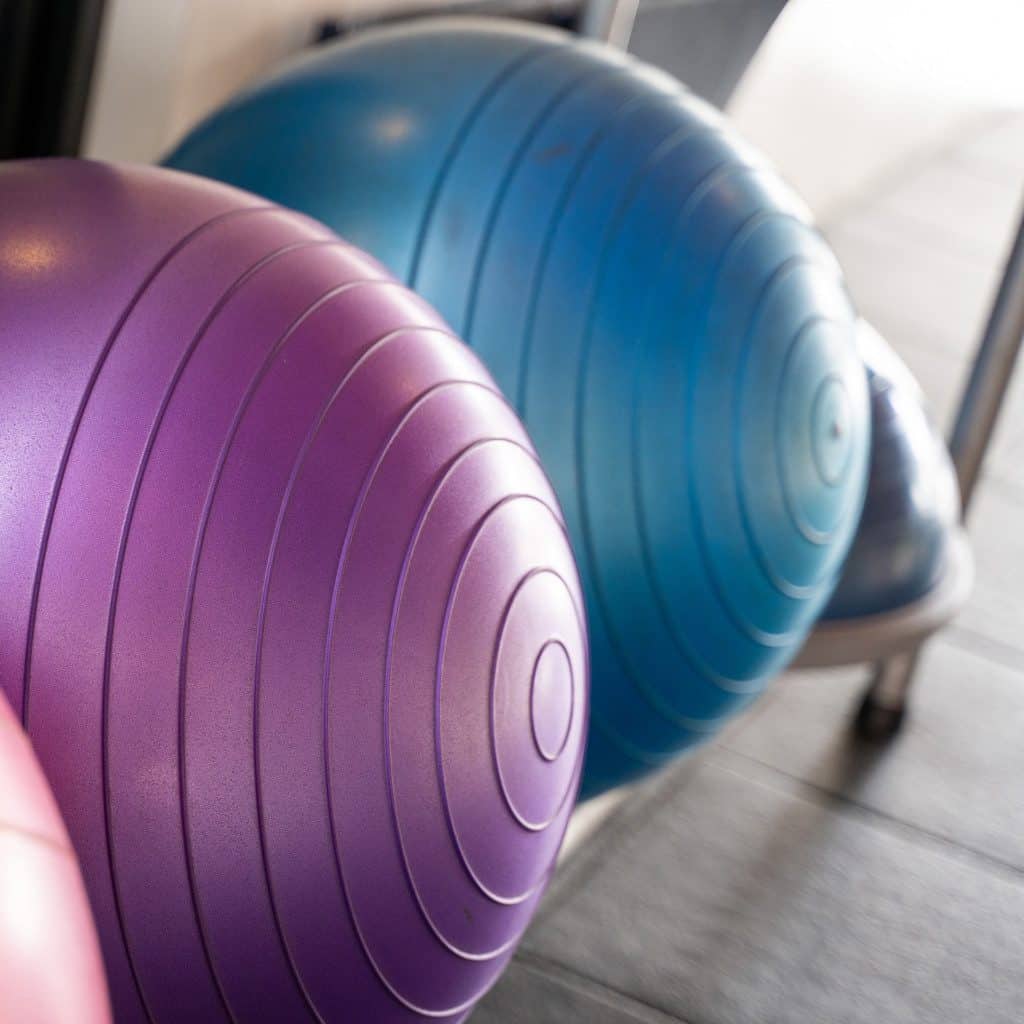
7. Therapy Balls
Textured and portable — ideal for footwork, hand compression, or self-massage to build body awareness.
8. Sensory Cushion or Wobble Seat
Offers subtle movement for clients who need to shift, rock, or balance to stay regulated.
9. Therapy Putty
Helps redirect sensory attention and support regulation during dysregulation.
Auditory and Sound Tools
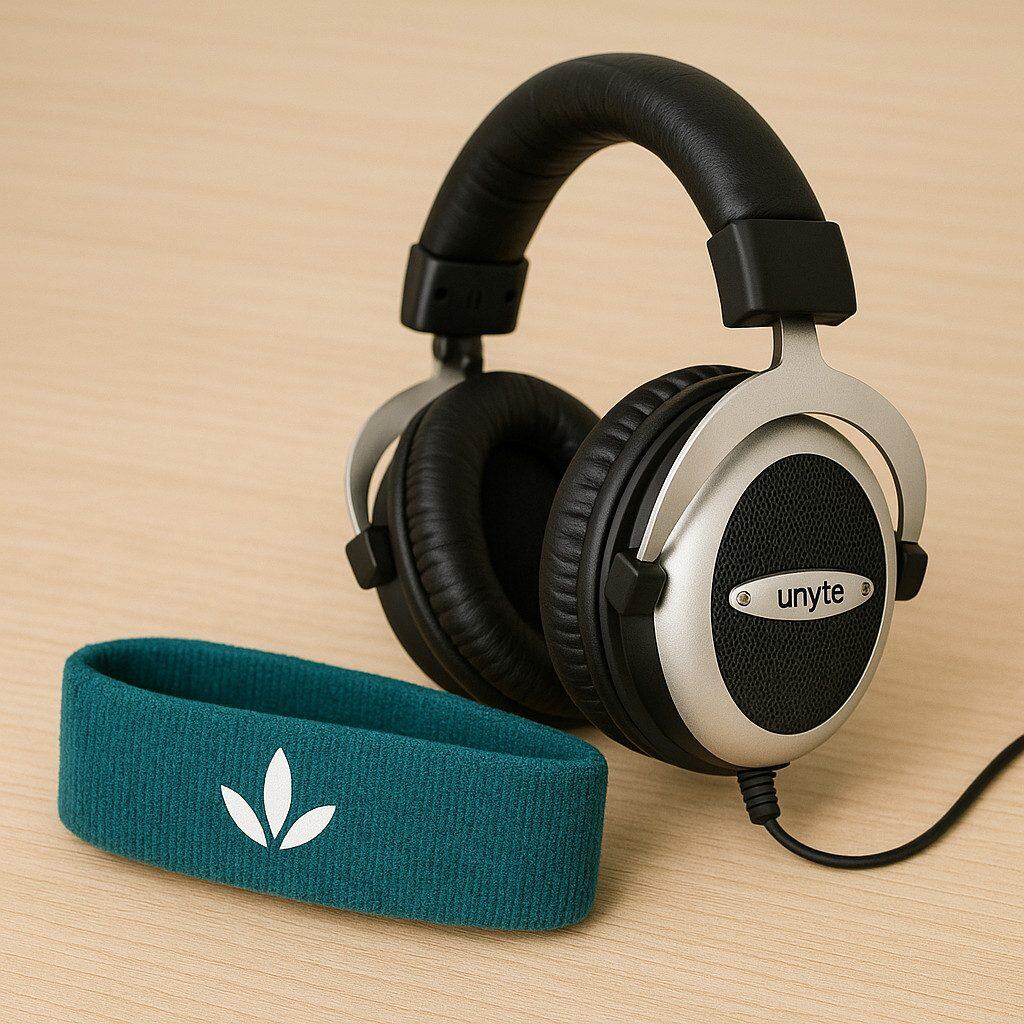
11. Singing Bowl or Chime
A gentle way to mark transitions, bring focus, or cue regulation through sound and vibration.

12. Dual Speaker and Phone Charger
Plays music or meditations during sessions, with a built-in charger that keeps your phone going through your work day.
13. White Noise Machine
Masks external distractions and provides a consistent auditory anchor for sensitive clients.
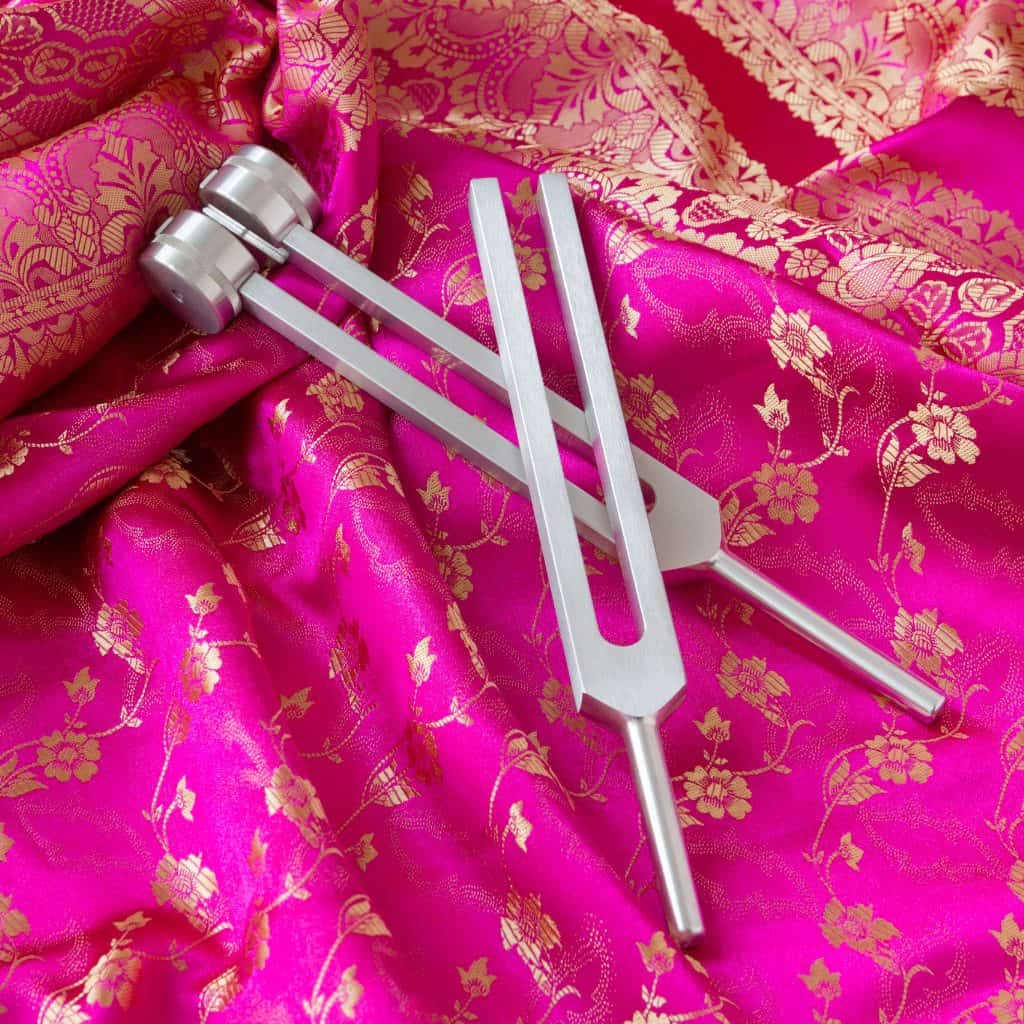
14. Tuning Forks
Emit vibrations to support physical or emotional state shifts.
Creative and Expressive Tools
15. Coloring Book
A structured but low-effort activity to support focus, especially during auditory listening or as a transitional tool.
16. Art Supplies (Markers, Crayons, Watercolor Pens)
Each medium offers a unique sensory experience. Watercolors flow freely, while crayons offer more resistance and grounding structure.

17. Sculpting Clay or Kinetic Sand
Hands-on materials that support fidgeting, sensory regulation, and creative expression.
18. Sand Tray or Miniature Figures
Facilitates symbolic exploration, emotional expression, and sensory engagement through tactile play.

19. Journals or Sketchpads
Encourages nonverbal reflection. Drawing or writing can externalize internal states when speech is difficult.
20. Puzzle or Sorting Activities
Simple tactile tasks, like stacking stones or sorting trays, anchor clients and support modulation.
These tools are not a substitute for therapeutic presence, but can meaningfully support your clients’ ability to stay regulated, present and engaged. Whether you’re building a new practice or refreshing your setup, start with the tools that best fit your setting and your clients’ unique needs.

Now you can get a free set of regulation tools with our best offer of the year!
Get 50% off training and a FREE set of tools to enhance the therapeutic experience (valued at $250) when you purchase an annual subscription.



 © 2025 Unyte Health US Inc.
© 2025 Unyte Health US Inc.